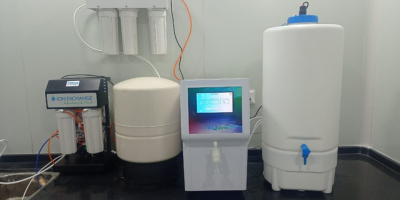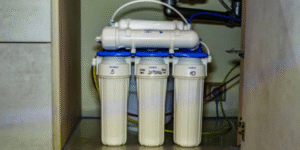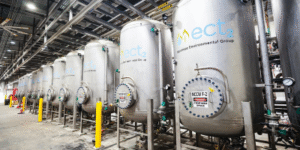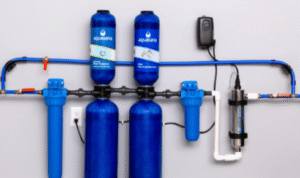There’s something quietly transformative about the water we rarely think about. Not the kind you sip from a reusable bottle or use to rinse vegetables. I’m talking about the water behind closed doors—in laboratories, hospitals, and clinics—where it’s not just a utility, but a critical component of life-saving work and groundbreaking research.
You wouldn’t guess it by looking, but not all water is created equal. In high-stakes environments, even the smallest impurity can throw off entire results, contaminate samples, or put patients at risk. That’s why water treatment has evolved far beyond basic filters and tap attachments. We’re talking precision. We’re talking engineering. We’re talking advanced water purification that filters out even what our eyes can’t see or our senses can’t detect.
The Invisible Standard in Every Drop
Water systems used in laboratories are not just cleaned—they’re sculpted, if you will, down to the molecule. Labs can’t afford guesswork. One rogue ion or speck of organic matter can alter the results of an experiment or invalidate months of data. This is where lab water systems step into the spotlight. They provide consistently pure water—whether that’s Type I for molecular biology or Type II for general lab use.
These systems do more than just produce water; they create a foundation of trust. Researchers need to focus on their experiments, not second-guess their water source. So these systems are smart, automated, and often built with redundancies to ensure nothing slips through the cracks. Think UV oxidation, reverse osmosis, deionization—every step like a checkpoint on a meticulous conveyor belt toward purity.
Healthcare’s Silent Hero
In hospitals, water is part of the healing process. It cleans wounds, sterilizes equipment, and forms the base for medications and dialysis. But here’s what many overlook: not just any purified water will do. The requirements are specific, and the margin for error is nearly zero.
Healthcare water solutions go far beyond municipal standards. These systems are designed to protect vulnerable patients—those with weakened immune systems, open wounds, or reliance on dialysis machines. Pathogens and endotoxins that might be harmless to a healthy adult could be life-threatening in a hospital setting. Water systems here are designed not just for filtration, but for assurance.
Imagine a patient undergoing a delicate transplant procedure. Every tube, every flush, every rinse must be sterile. That’s the burden—and beauty—of water in healthcare. It’s unsung but essential. You never see it mentioned in reports or discharge summaries, but it’s there in every moment that matters.
Innovation With Intention
What’s truly remarkable is how far we’ve come. Not long ago, facilities had to rely on bulky, maintenance-heavy setups. Today? Systems are more compact, user-friendly, and digitally integrated. Engineers are designing water purification tools that can send alerts if quality dips, adjust output on the fly, and even predict maintenance schedules.
These aren’t just bells and whistles. They’re about minimizing downtime and preventing problems before they start. In labs and hospitals, time isn’t just money—it’s safety, accuracy, and sometimes, life or death.
And as we head deeper into an era of personalized medicine and ultra-precise diagnostics, the demand for absolute water purity is only going to grow. There’s no room for compromise when one test could dictate an entire treatment plan.
It’s Personal, Too
This might all sound technical—and it is—but it’s also deeply human. Behind every purified drop is someone: a technician analyzing samples, a nurse prepping a syringe, a patient hoping for a diagnosis. Clean water might seem like a given, but in these contexts, it’s a promise. A silent pact between those providing care and those receiving it.
That’s why companies specializing in water treatment for science and medicine don’t just sell products—they build trust. Whether you’re outfitting a new lab or upgrading a hospital’s sterilization unit, the right system isn’t a luxury. It’s the baseline for everything else.
Final Thoughts
The future of water isn’t just about quantity—it’s about quality, intelligence, and intent. We often chase innovation in medicine, technology, and research, but we forget the quiet infrastructure that supports it all. Advanced water purification, lab water systems, and healthcare water solutions are the unsung heroes. Not glamorous, maybe. But absolutely vital.





